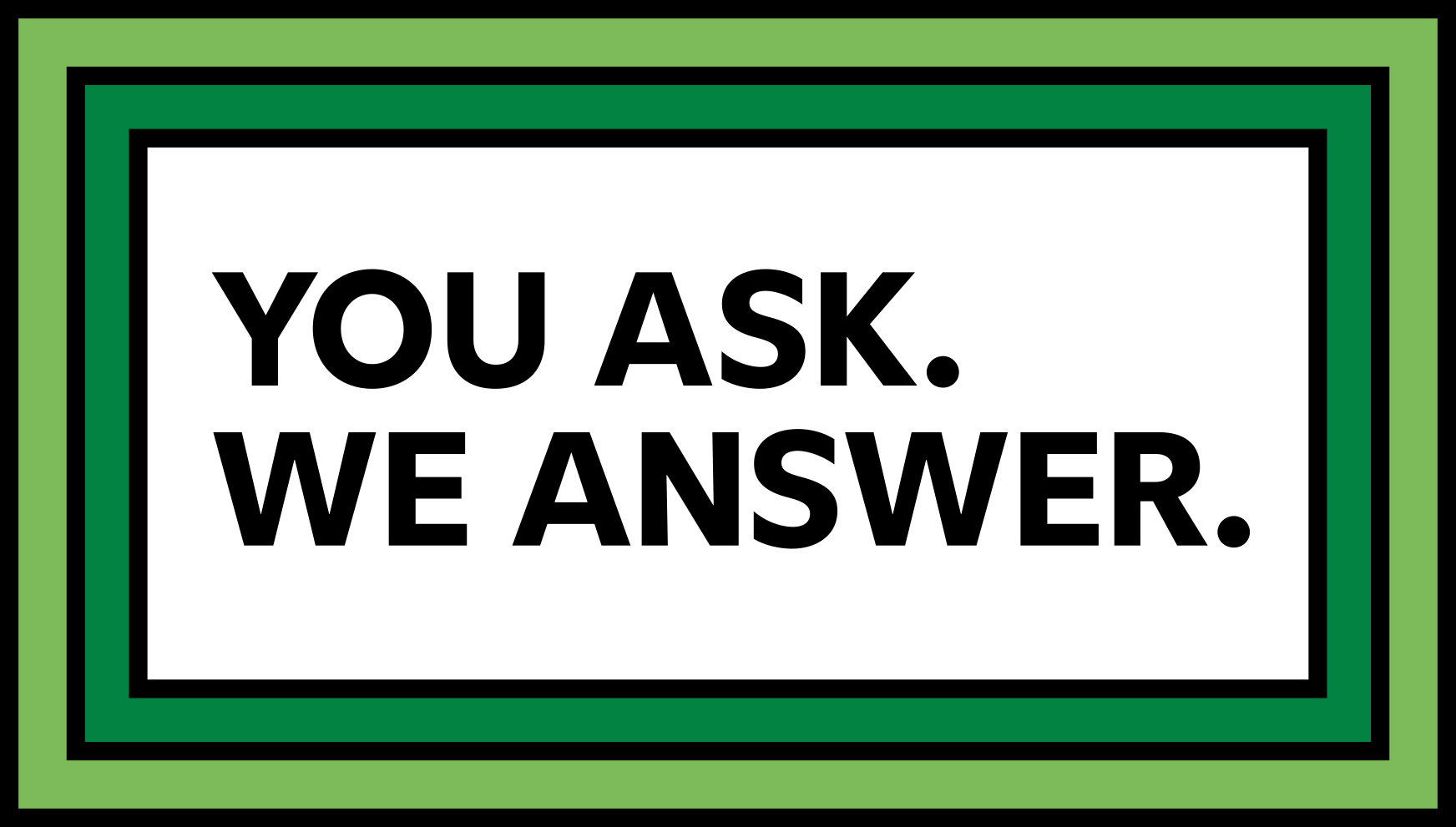
1. How do I get this started? What is the first thing that we need to do when it comes to budgeting? — Karen
First, think about your saving and spending in buckets. Fidelity has simple guidelines for saving and spending to help you think about your take-home pay each month. And keep in mind, this is just a place to start thinking about your money and your goals.
- Aim to allocate at least 50% of your income to essential expenses—your needs every month. These are nonnegotiables, like rent, groceries, childcare, and health care.
- Next, think about essential savings—your future. This is your retirement accounts and emergency savings.
- Aim to save 15% of your income toward retirement—this includes any employer contributions.
- Then put aside 5% of your take-home pay to build up, or replenish, your emergency savings. We all know life happens, often when you least expect it. The 5% each month can help you work toward building up 3–6 months of savings to cover essential expenses, so you’re prepared if you need to be.
- And that leaves around 30% for wants—that’s your discretionary spending and any nonessentials like eating out, travel, and more.
Next, map out how much you’re spending each month, how it matches up to what you’re bringing in, along with how much you’re currently putting aside for savings. Then take a real look at how your habits fit into those savings buckets outlined above. It's not going to be fast, easy, or perfect. But commit to doing this every month. The first month is the hardest, but after a few months, it gets easier. As you make adjustments to save a little more here and spend a little less there, you can feel good about your progress. Small amounts can add up over the course of the year and potentially make a big difference later on to help toward your goals.
Tip: Use our simple budget worksheet to get started.
Read more: Tracking your money in 3 buckets.
2. How do I build up my emergency savings? — Gloria
Having 3–6 months of savings to cover essential expenses set aside in easily accessible cash, just in case, gives you a cushion for the unexpected. Even small amounts each month as part of the 5% “savings bucket” in our guidelines can add up.
So start with mapping out what you’re currently saving and spending today. Do you have extra each month you can easily put into emergency savings while not impacting your essential expenses or retirement savings? Or maybe you need to “find” the extra savings in your discretionary spending bucket. While it may not be ideal to cut back on your “fun” bucket, even saving a little more each month can help when the unexpected comes up. For savings like this that you may need in the short term (which is really anything you may need within the next 1–3 years) you want to keep this accessible, but you still want that money to be earning as much interest as possible. So look at where you are putting that money each month to make sure it’s working as hard as possible for you with the interest it is earning.
Tip: Check out the Fidelity Cash Management Account (CMA). It offers similar benefits to a checking and savings account with competitive interest rates on cash balances, FDIC insurance, and no fees or minimums.1 You also get a free debit card, checkwriting and bill pay, and reimbursed ATM withdrawals worldwide.2
Read more: 10 ways to cut expenses by 10% (so you can save more!)
3. What suggestions do you have to tackle credit card debt? — Kina
It’s generally recommended that you pay down higher-interest debt first. But let’s talk through both options.
First, get organized:
- Make a list of your credit cards or other monthly debts owed.
- Next write down what you owe—add the balances of each debt and your minimum monthly payment for each.
- Third, write down the interest rate of each debt.
You always want to make your minimum payments, so you’re protecting your credit and chipping away at those balances. But making extra payments above the minimums that are due each month is what’s going to really help pay those balances down—even if it’s just a little bit extra each month.
Here are 2 approaches that can help make the most of those extra payments. Again, it’s generally recommended that you pay down higher-interest debt first. Higher interest rates are costing you more each month you don’t pay them off, which tends to mean more debt for a longer length of time.
So let’s start with the approach that tackles higher interest rates first:
- The avalanche method: Always make all your minimum monthly payments. Then put extra savings toward the debt with the highest interest rate until it’s paid off. Then move to the debt with the next-highest rate and continue until debt is paid off. Here’s the benefit in this approach: You may save the most on interest, especially if your loans have a wide range of interest rates.
A second approach focuses on the balances you owe:
- The snowball method: Again, make all your minimum monthly payments. Then put extra savings toward the smallest balance until it’s paid off. Then move to the next-smallest balance and so on. The benefit in this approach: It helps you build momentum and it’s satisfying to see zero balances.
Every bit counts and for many, it’s a marathon not a sprint. This is just a place to start as you build your plan to pay off your credit cards and other high-interest debt.
And remember, as you’re paying down your debt don’t ignore other savings priorities. Keeping up your emergency savings and investing for retirement can help protect you from the unexpected and potentially put you on a path toward a more comfortable future.
Tip: Consider the rule of 6% to help determine how to prioritize paying down debt with continuing to save and invest for your future.
Read more: Avalanche vs. snowball method to help you pay off debt
4. Should I lower or stop my retirement contribution for the short term while I pay off debt? Is it even possible to save and pay off debt at the same time? — Jessica
It can feel like a riddle trying to figure out how to pay down debt and still save and invest, but ideally, you can aim to do both.
Saving for retirement is an investment in your future, so keeping up contributions is always a priority. But there may be times when trimming back contributions to address other needs—like paying down debt—can be an option. When it comes to determining what’s best for you, it can depend on your personal situation, including how much you already have saved for retirement, how many years until you retire, and other financial considerations.
At a minimum, you want to keep up savings to capture the full amount of any employer match on retirement savings, so you don’t leave “free money” on the table. You also want to keep up an emergency savings cushion for the unexpected.
Then Fidelity suggests starting by looking at the interest rates of your debt. If the interest rate is 6% or greater, you should generally pay down this debt before investing additional dollars toward retirement.
But it’s also important to consider that when we save less for retirement—even for a short time—we are potentially losing out on the long-term growth over time. And if your employer offers a match, contributing smaller amounts also potentially impacts the match you might get, which can leave money on the table when it comes to retirement savings.
So ideally, you want to keep saving while trying to tackle debt—even if it’s only in small amounts. Getting organized on how much debt you have, interest rates, and what you’re currently saving (and spending!) is the recommended place to start.
Tip: Try this step-by-step guide to help balance both debt and saving.
Read more: How to prioritize saving and debt
5. What are some of the best ways to invest for short term and long term outside of retirement savings? — Samantha
When we talk about the short term, we’re talking about any savings you may need within the next several months to 3 years away. So you may not want to take on higher-risk investments since you have a shorter timeline to withstand the ups and downs of the market. You may want to think about types of accounts that have lower risk but can still help your money work hard and grow.
When you think about short-term options for your cash, you want to look at whether the money is easily accessible, if the account has any fees, and what the interest rates are. You may want to consider accounts outside a traditional bank account that could potentially offer higher interest rates, such as CDs and money market accounts, or even an investing account that has checking account features but more competitive interest rates.
For savings goals with a longer timeline, such as 5–10 years or more, you want to put that money to work for greater potential growth—aka investing. With longer amounts of time to save and invest, you might be able to take on more risk for potential growth when it comes to investments and weather the market when it could fluctuate up and down. Investing may be intimidating, but there are many ways to invest, and a lot of resources to help you. Start by asking yourself if you want to invest on your own or if you want help investing.
For those who want more help, there are a range options. You can invest in a single fund that is managed for you. You select a fund with a target end date that lines up with your goal, and then that fund is managed, with the investments automatically getting more conservative as it gets closer to that goal date.
Another option is what’s called a digital advisor—or “robo advisor” as the industry sometimes calls them. Robo advisors work by prompting you to answer a series of online questions about your goals, current financial situation, timeline, and risk tolerance (or your comfort with the ups and downs of the stock market). Based on the information you provide, most digital advisors will suggest a personalized investing approach, professionally invest the money for you, and automatically manage and maintain your portfolio. Usually this can be a low-cost option with transparent fees that saves time.
And finally, working 1-on-1 with a financial professional is another option. Working directly with someone can help you determine where to start and help guide future investments and decision making.
Tip: Learn about different options, like Fidelity Go®—a digital advisor that is easy to use and affordable.
Read more: Short-term saving and investment options


